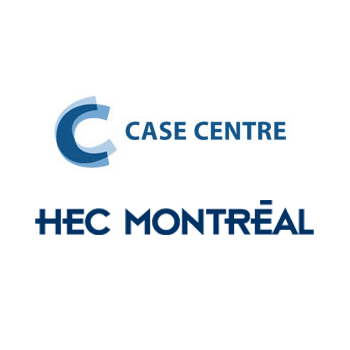Description
Patreon and Arts Funding: Abstract
In 2013, musician Jack Conte realized that he could not make a living by posting videos on YouTube. Although part of the ad revenues generated by videos are shared with the artist, the videos can be viewed free of charge, and the artist is paid very little. This situation is explained in the “Jack the musician” section of the case. This section has been slightly fictionalized (without changing the basic facts) to interest students, but the story told is consistent with the information used to build the case study.
The “Jack the entrepreneur” section discusses the issue of funding musicians from Jack’s perspective. In 2013, Jack created a crowdfunding platform to address this problem. Called Patreon, it allows artists to solicit donations directly from their fan base. The concept is simple: fans agree to pay a set amount, automatically charged to their credit card, for each piece of content published by the creator. In return, the fan (or patron) receives rewards according to the amount paid. In this second section of the case, the Patreon concept is explained in detail. Students must figure out the reasons for the platform’s success and recommend marketing strategies to promote this concept to a larger audience.
Teaching objectives
The objective of this case is to make students think about the problem of funding artists and thus various possible business models in the arts. They are encouraged to apply concepts such as targeting and the positioning of cultural products.
Main themes covered
- Arts funding
- How to earn money with YouTube
- Online advertising
- Crowdfunding
- Developing an online brand
- Online funding methods
Concepts and theories related to the case
- Participatory culture
Additional information
Teaching notes are available for teachers only. Please contact the HEC Montréal Case Centre.







Reviews
There are no reviews yet.